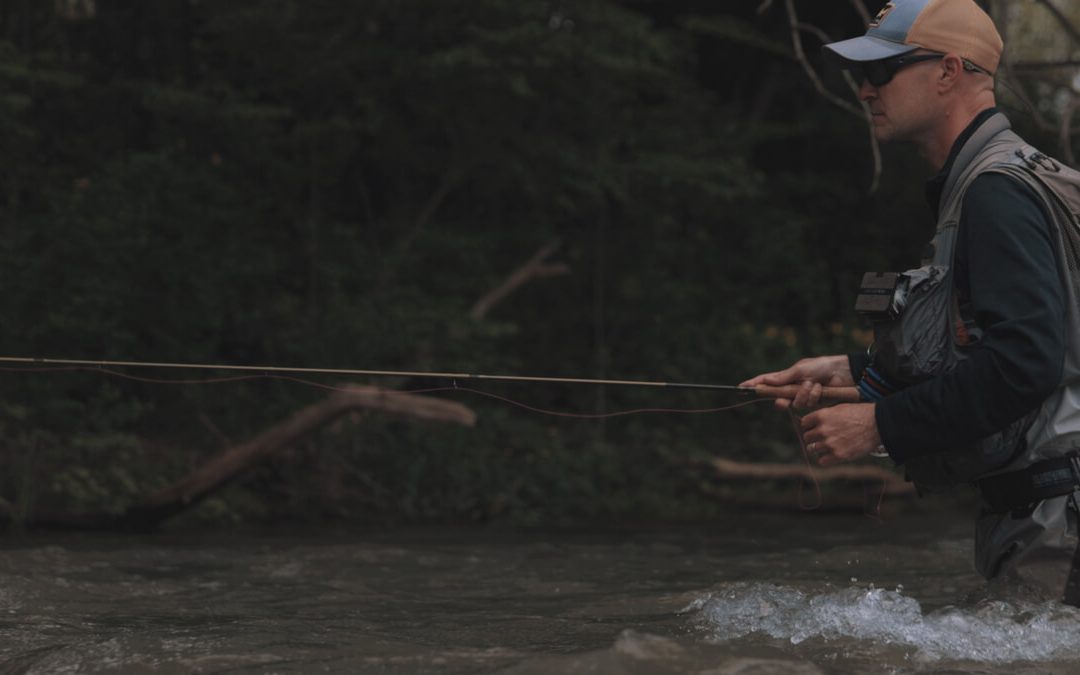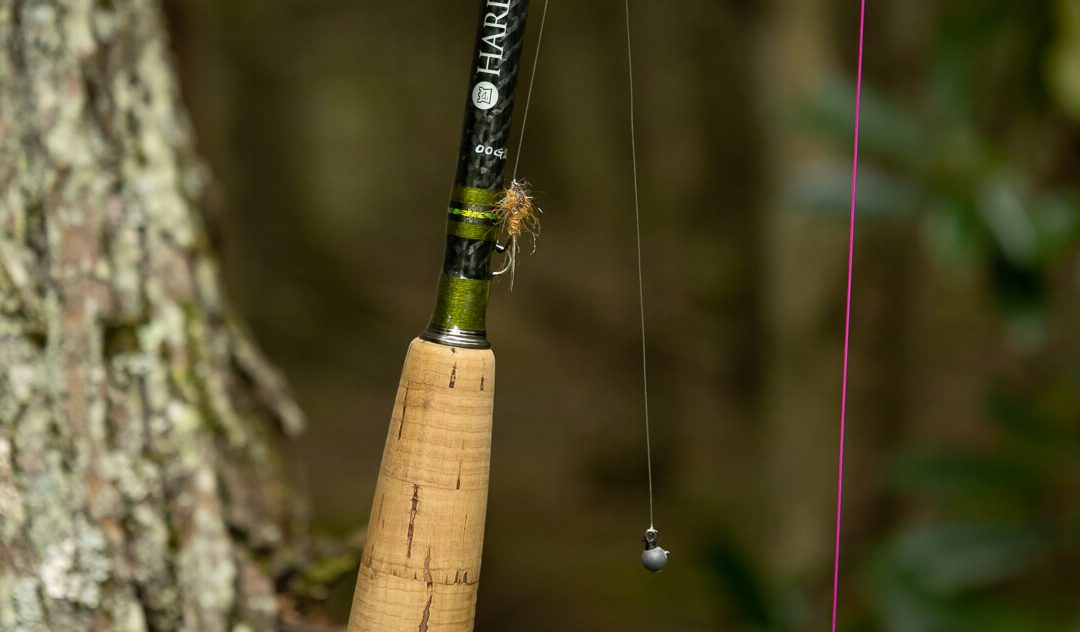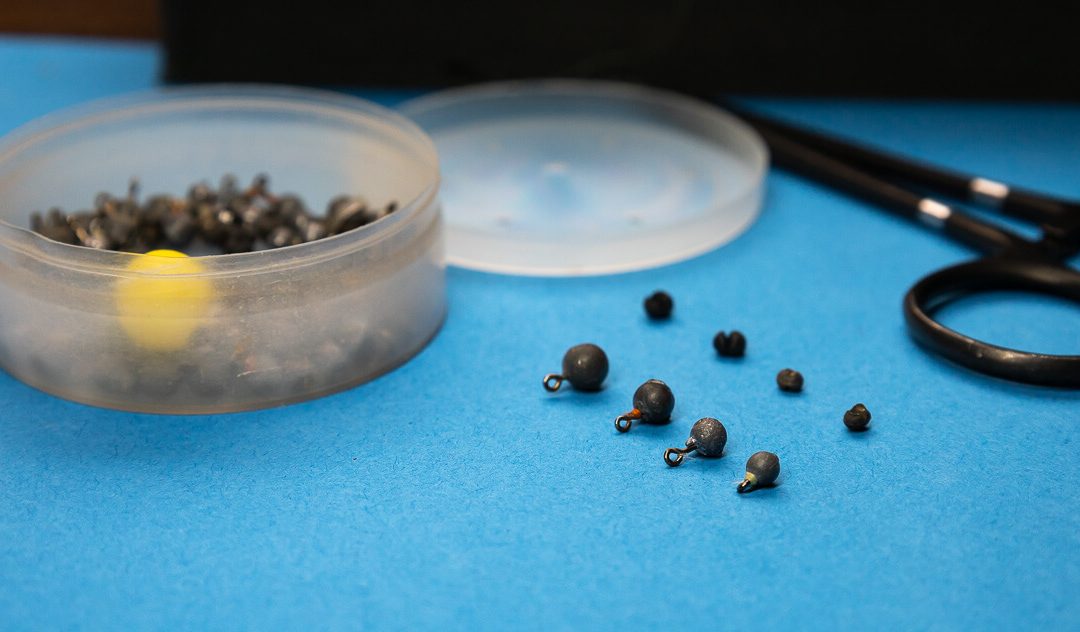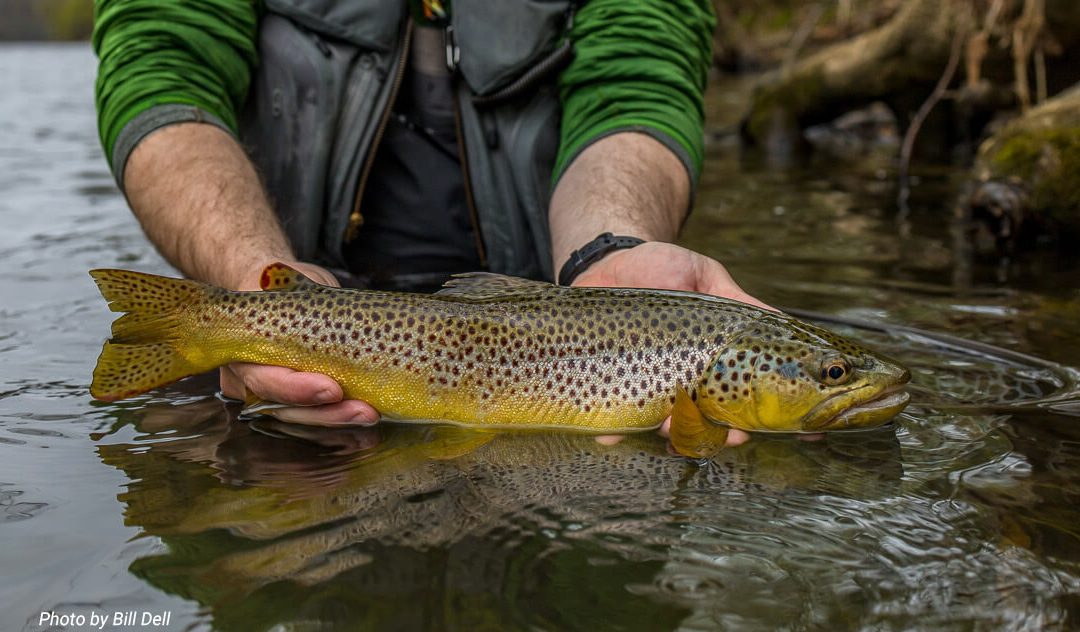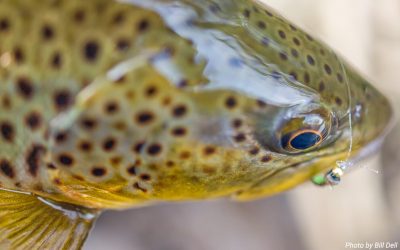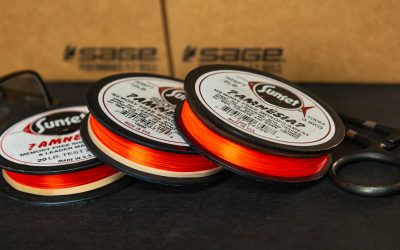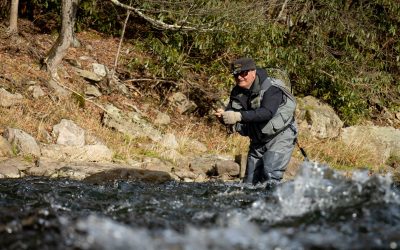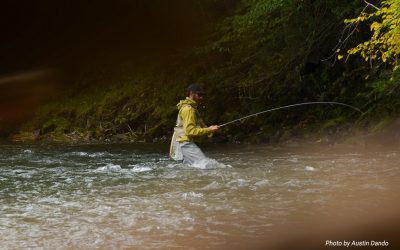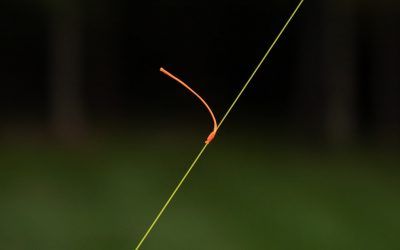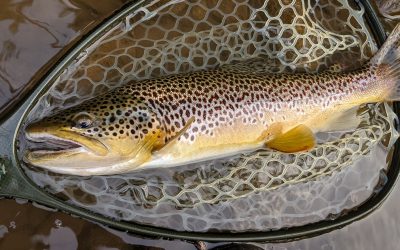Gaining the bottom, feeling that contact with the riverbed and then gliding over it, tap, ta-tap, tap-a-tap, maybe five to ten times throughout the drift is success. But I’ve noticed that anglers tend to get complacent. Tickling the bottom is only half of the job. And that’s not good enough. We still need to find the right speed for a drift and keep everything in one seam.
Drop shotting puts the angler in ultimate control. Be aware of every element of the drift, and make good choices, because all of them are yours. Control is the advantage of a drop shot rig. Remember this always — your rod tip controls everything . . .
